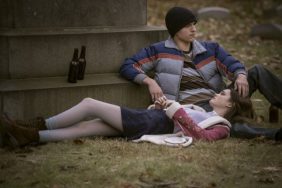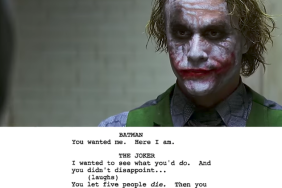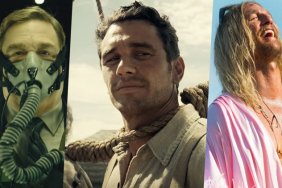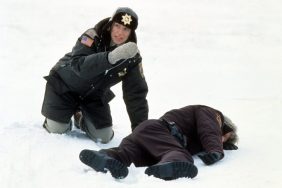Photo: Pascal Le Segretain(Getty Images)
The Coen brothers – Ethan and Joel, are some of the most respected filmmakers in the world, but maybe somewhat surprisingly, they are also some of the most productive directors ever. The sibling duo made 17 movies together as directors, and the vast majority of them were critically successful, often becoming cult classics as well. All their movies are ‘their’ in the sense that they have a particular style of making films, like Wes Anderson or Quentin Tarantino.
But the Coen brothers wouldn’t be the Hollywood powerhouse if they didn’t present a polished product everytime they got their creation in the cinemas. A huge part of that process is having the right movie poster and the two directors filmography is as beautiful and interesting in the movie halls as it is in the movie hallways, where the posters are.
We take a look at the best posters from the Coen brothers’ respected filmography.
Coen brothers movie posters
Coen brothers directed some of the best movies ever, and those movies have almost equally brilliant posters.
-
Fargo (1996)

Probably the most well-known Coen brothers movie and one that has a very particular vibe despite falling into the oversaturated crime drama genre. The poster for the 1996 movie is definitely one of a kind too, done in the cross stitch style. The usage of white negative space and the very consistent visual identity makes for a memorable movie poster and introduces the movie perfectly.
-
No Country For Old Men (2007)

Surely the second most famed Coen brothers movie, and one of the best picture Oscar winners, which have a tradition of having awesome posters. One thing is consistent with the Coen brothers' movie posters - it's that they really set up the movie perfectly. The simple yet effective positioning of the pray and the looming hunter has been noticed and utilized in many different areas of life, for instance for the UFC 216 poster.
-
True Grit (2010)

The simplest Coen brothers movie poster but it didn't need to be otherwise. Playing into to the right and the highly recognizable trope of a wild west wanted poster. The barely visible but equally important panorama of the prairie gives a taste of what the movie will is like. The poster that does a lot with almost only letters, it manages to be artistic and commercial both, even though it's not fair that the best performer of the movie Hailee Steinfeld doesn't have her name on it.
-
Burn After Reading (2008)

The most minimalistic approach for a Coen brothers movie poster, even though almost all of them are in that style. Once again, the poster is both artistic and commercial, as it presents the artwork it promotes properly, but also tries to draw in the audience by citing the actors' names. Burn After Reading's poster is also quite unique in the cinema world even though it's simple.
-
O Brother, Where Art Thou? (2000)

The most poetic of the Coen brothers movie posters, this piece of cinema art displays more emotions than what some movies manage in their entirety. It manages to present what the exact genres of the movie are with just a still shot and an interesting coloring. A movie poster that should also be praised for the fact that it is trying to minimize the tiny print that so often lessens the artistic worth of the piece.
-
Barton Fink (1991)

One of the most striking posters ever, not just from the Coen brothers filmography. It catches attention and stays in memory even if you don't watch the film. Interesting positioning of the print allows for the John Turturro's expression to be fully appreciated. The mosquito and its shadow are very puzzling and do a great job of making the viewer want to watch the film.
-
Miller's Crossing (1990)

A poster that really looks like a classic painting that should be hanged in a European museum, which is a rarity as you well know. It does the job of capturing the essence of the movie as much as the synopsis, and it sets up the visual style as much as the trailer would.
-
Raising Arizona (1987)

One of the best Coen brothers movies and surely their most fun movie, as is the poster. The minimalistic approach is strengthened by emulating the movie poster style of the 1960s and the1970s. Intriguing, different in terms of both positioning and coloring, but it also has Nicholas Cage, which is always a plus.









